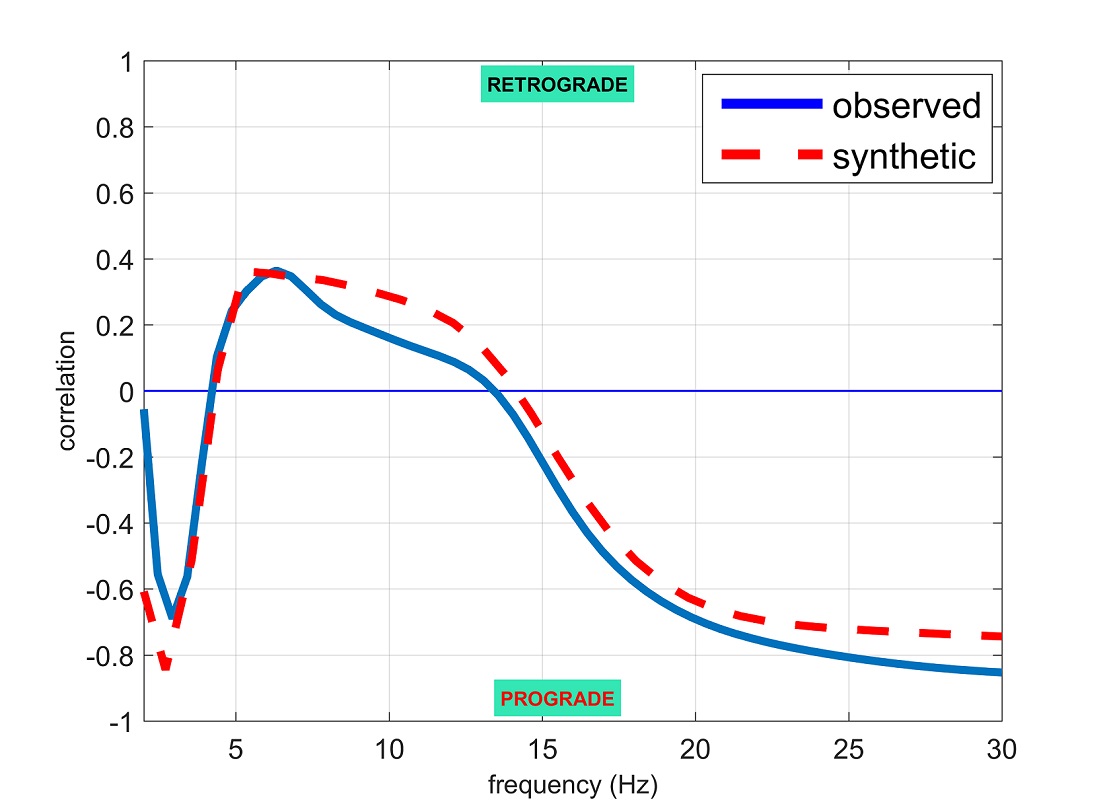Further new paper: the RPM frequency curve
Analysis of Rayleigh-Wave Particle Motion from Active Seismics
Giancarlo Dal Moro, Nassir S. Al-Arifi, Sayed S. R. Moustafa
2017, Bulletin of the Seismological Society of America (BSSA), 107, 51-62
Abstract. Back azimuth analysis is a classical method used in seismological studies for the determination of the direction (azimuth) of an otherwise-unknown seismic source. This is accomplished through the analysis of 3-component data according to a procedure based on the evaluation of Rayleigh-wave polarity and is typically accomplished by assuming a retrograde motion.
The same principles are here considered in the framework of the analyses performed while considering active data collected by a 3-component geophone, thus being able to easily and unambiguously compute the Rayleigh-wave Particle Motion (RPM) frequency curve that describes the motion of Rayleigh waves as a function of the frequency. The analyses performed for three test sites characterized by different stratigraphic conditions show that, contrary to the common assumption, in the considered frequency range (about 2-40Hz) prograde motion is actually quite common. While for two of the three presented case studies we consider a single-offset acquisition, in order to evaluate the variations of the RPM frequency curve as a function of the offset, we also considered two multi-offset datasets (one synthetic and one from a field acquisition). Results seem to indicate that while some dependency on the offset necessarily exists, the overall trend is anyway a characteristic of the site. Potential applications of the described approach are discussed in particular with respect to seismic-hazard studies as well as in the light of the exploitation of the RPM frequency curve for better constraining the subsurface model.
Keywords: Rayleigh waves, Rayleigh wave Particle Motion (RPM), surface waves, Rayleigh-wave Prograde Motion, Rayleigh-wave Retrograde Motion, Rayleigh-wave ellipticity, Seismic Hazard, seismic-data inversion.


- NEWS ARCHIVE
- share:









